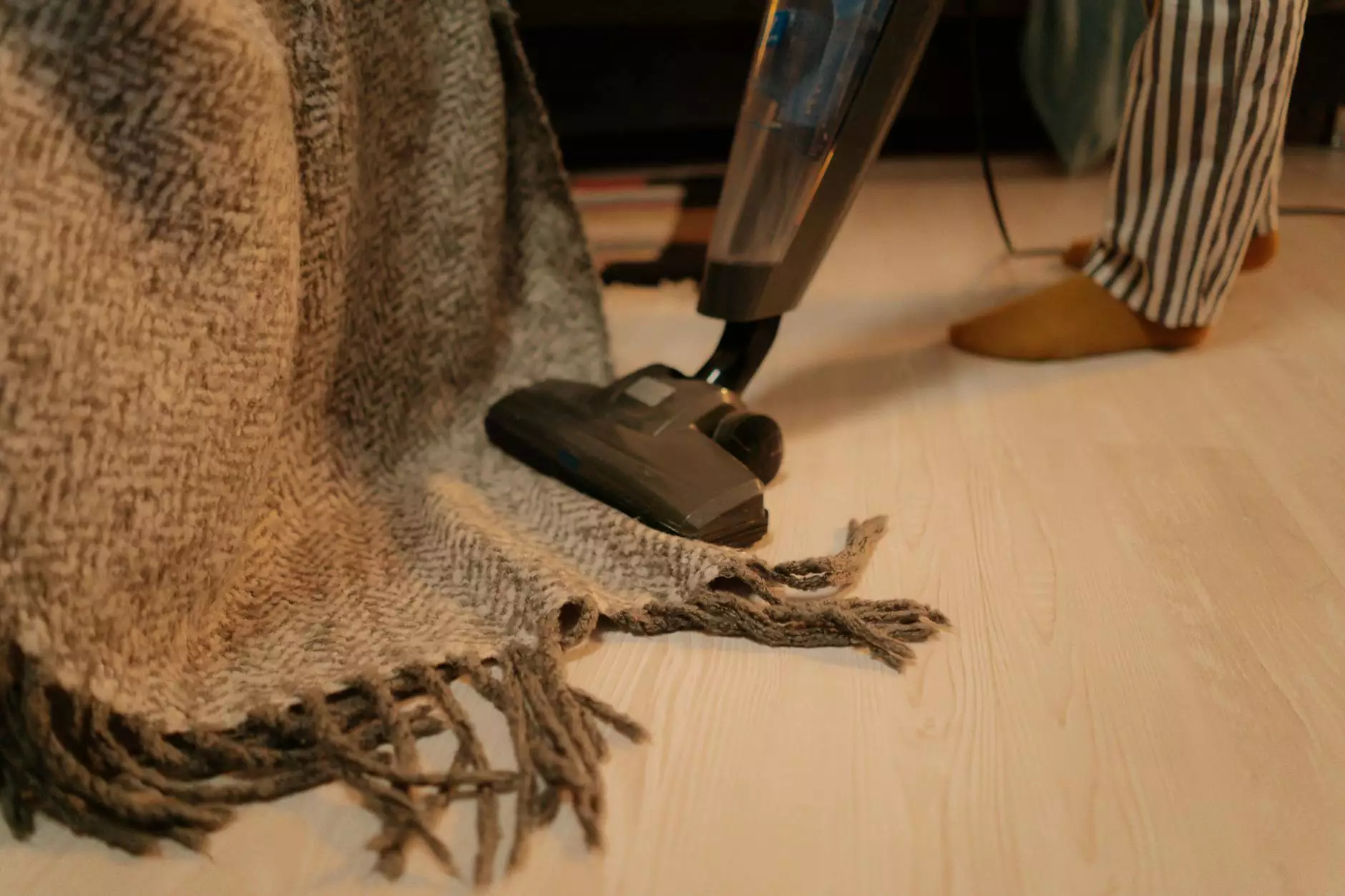Understanding Fibroid Removal: Before and After

Uterine fibroids are non-cancerous growths that can significantly impact a woman’s quality of life. Many women who suffer from fibroids seek fibroid removal to relieve symptoms such as heavy menstrual bleeding, pelvic pain, and discomfort during intercourse. This article delves into the intricacies of fibroid removal, including what one can expect before and after the procedure, and how it can improve overall well-being.
What are Uterine Fibroids?
Uterine fibroids, also known as leiomyomas or myomas, are muscular tumors that grow on the walls of the uterus. They vary in size from as small as a pea to larger than a grapefruit. Here are some key points about fibroids:
- Types: Fibroids can be categorized based on their location—subserosal (on the outer wall), intramural (within the wall), and submucosal (just beneath the inner lining).
- Symptoms: Common symptoms include heavy menstrual bleeding, prolonged periods, pelvic pain, frequent urination, and complications in pregnancy.
- Prevalence: Fibroids affect a significant percentage of women, especially those aged 30 to 40.
Why Consider Fibroid Removal?
Fibroid removal can significantly enhance a woman's life, alleviating debilitating symptoms. Women often explore surgical options when:
- The fibroids cause severe pain.
- Symptoms significantly disrupt daily activities.
- Less invasive treatments, such as medication, have failed.
Types of Fibroid Removal Procedures
When it comes to fibroid removal, there are several surgical options available. The type of procedure chosen will depend on factors such as fibroid size, location, and the individual patient's circumstances. The most common procedures include:
1. Myomectomy
A myomectomy is a surgical procedure that involves removing fibroids while preserving the uterus. This surgery can be performed through several approaches:
- Abdominal Myomectomy: This is done through an incision in the abdomen and is ideal for larger or multiple fibroids.
- Laparoscopic Myomectomy: A minimally invasive technique using small incisions, resulting in less pain and quicker recovery.
- Hysteroscopic Myomectomy: Conducted through the vagina and cervix, this is suitable for submucosal fibroids.
2. Hysterectomy
For women who do not wish to preserve their fertility, a hysterectomy may be recommended. This involves the complete removal of the uterus and sometimes the cervix, depending on the individual case.
3. Uterine Artery Embolization (UAE)
This is a non-surgical procedure where the blood supply to the fibroid is blocked, causing it to shrink. It is a good option for women who prefer to avoid surgery.
Preparation for Fibroid Removal
Preparation for fibroid removal surgery is critical to ensure a smooth process. Here are essential steps to consider:
- Medical Evaluations: A thorough examination by your doctor, including imaging tests such as ultrasounds or MRIs.
- Discussing Medications: Inform your doctor about any medications you are taking, including over-the-counter drugs and supplements.
- Lifestyle Adjustments: You might need to make certain lifestyle changes, such as avoiding alcohol and smoking.
- Plan for Recovery: Arrange for help at home post-surgery, as physical activity might be limited for a while.
What to Expect During the Procedure
Understanding the surgical procedure can help alleviate anxiety. The steps involved typically include:
- Anesthesia: You will be given anesthesia to ensure comfort throughout the procedure.
- Procedure Execution: Depending on the type of surgery, the surgeon will proceed with the removal of fibroids.
- Recovery Monitoring: After the procedure, you will be monitored in a recovery room until you are stable.
Recovery After Fibroid Removal
Recovery from fibroid removal varies based on the procedure type. Here’s what to expect:
1. Initial Recovery
In the first few days post-surgery, some symptoms you may experience include:
- Pain and Discomfort: These are manageable with prescribed pain relief.
- Bloating and Cramping: Similar to menstrual cramps that can last for a few days.
- Fatigue: Allow your body time to heal, and do not rush back into activities.
2. Physical Activity
It’s essential to follow your surgeon’s advice on resuming physical activity. Generally, light activities can begin within a week, but full recovery may take several weeks, especially for more invasive procedures.
3. Follow-Up Appointments
Regular follow-up appointments are crucial for monitoring recovery and ensuring that everything is healing correctly. Your doctor will assess your progress and help manage any ongoing symptoms.
Before and After: The Transformational Impact of Fibroid Removal
The journey of fibroid removal can significantly change a woman’s life. Here is a detailed look at the before and after aspects of the surgery:
Before Surgery
Women suffering from fibroids often experience:
- Painful Symptoms: Chronic pelvic pain, severe menstrual cramps, and heavy bleeding affect daily life and well-being.
- Emotional Distress: The psychological effects of chronic pain and alarming symptoms can lead to anxiety and stress.
- Functional Limitations: Reduced participation in activities due to pain or fear of leakage and embarrassment during menstruation.
After Surgery
After undergoing fibroid removal, women find relief from debilitating symptoms, leading to:
- Improved Quality of Life: The relief from pain and discomfort significantly enhances overall well-being.
- Increased Physical Activity: Many women return to regular activities, including exercise and recreation, with newfound vigor.
- Emotional Relief: The relief from chronic pain can lead to improved mental health and reduced anxiety.
Real-Life Transformations: Testimonials
Numerous women have shared their remarkable stories about their experiences with fibroid removal. Here are a few testimonials:
"Before my myomectomy, I was living in constant pain and discomfort. The surgery changed my life; I feel like a new person, free to engage in activities I love without fear!"
- Sarah J.
"Hysterectomy was overwhelming at first, but now I can say it was the best decision. I am no longer burdened by heavy periods, and I finally feel at peace with my body."
- Jessica R.
Conclusion: Embrace a Healthier Future
If you are dealing with the pain and disruption caused by fibroids, consider discussing fibroid removal options with your healthcare provider. The process may seem daunting, but the before and after experience can lead to a vastly improved quality of life. Remember, knowledge is power; understanding your options can empower you to take the step towards a healthier and happier you.
For more information on fibroid removal and expert guidance, visit drseckin.com, where you can find resources tailored to women’s health.
fibroid removal before and after








